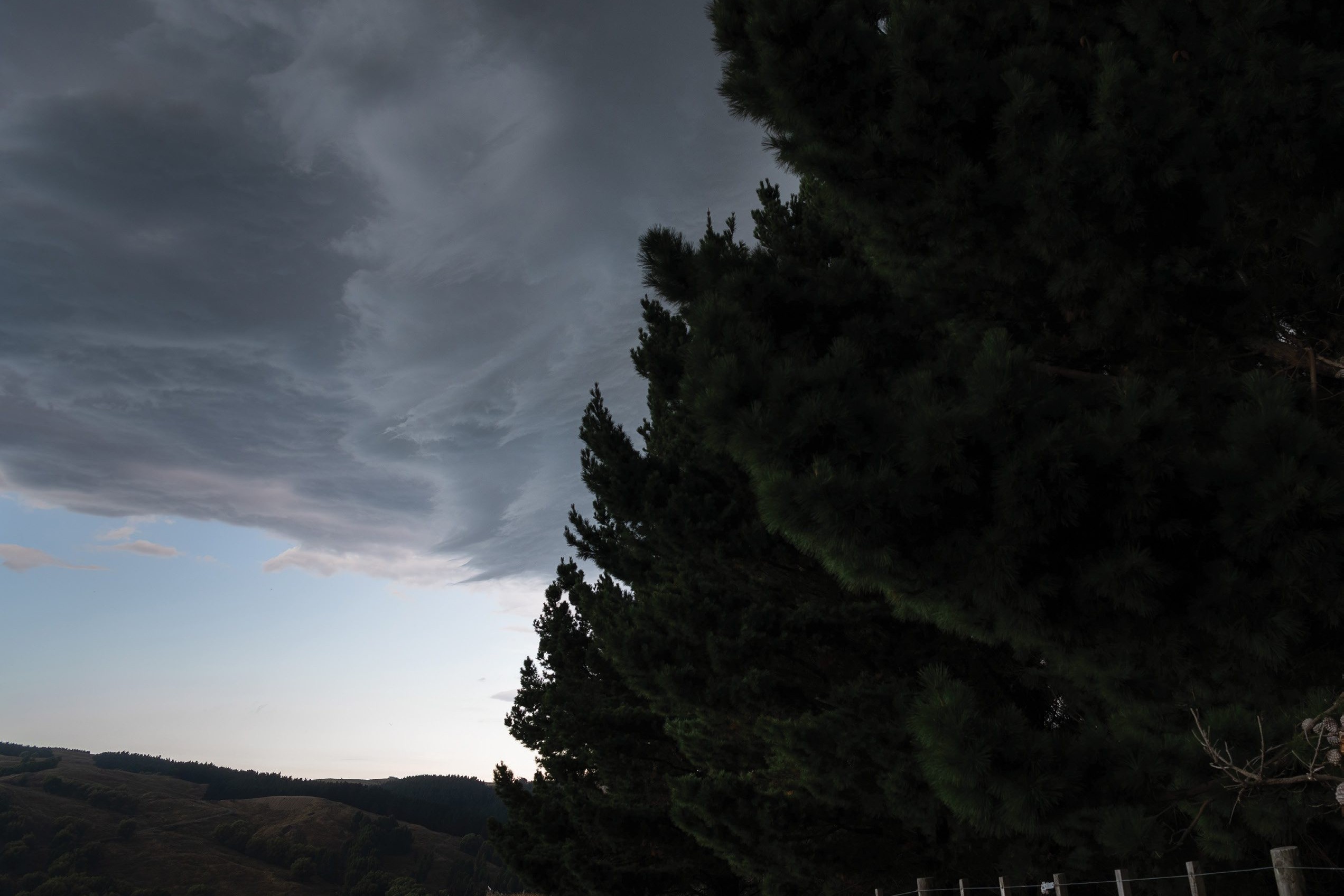He Waka: Roadshow feedback
In part two of the series on Primary Sector Climate Action Partnership’s (He Waka Eke Noa) Country-Wide attends the roadshow and gathers feedback.

In part two of the series on Primary Sector Climate Action Partnership’s (He Waka Eke Noa) Country-Wide attends the roadshow and gathers feedback.
By Lynda Gray
A farm-level levy appeared the most equitable pricing model for agricultural emissions at the He Waka Eke Noa Agriculture Emissions Pricing Proposal roadshow at Alexandra.
Omakau dairy grazers Anna and Ben Gillespie were among the 50 people at the roadshow, but Anna was doubtful if the work needed to get the system up and running would be done in time for the January 2025 deadline.
A more achievable alternative – and one promoted by He Waka industry partners B+LNZ and DairyNZ – was a processor-level hybrid levy that would transition over five to 10 years to a farm-level levy, she says.
The interim period would give time for the set-up of administration systems, development of emission-reducing technologies, as well the opportunity for farmers to voluntarily enter emissions management contract (EMC) or a sequestration management contract (SMC) under the processor-level hybrid scheme, entitling them to rebates.
The talk about SMCs, EMCs, GWP*, GWP100, multiplier effects, and some of the science and reasoning underlying agricultural emissions was complex at times and a lot to take in over two hours. However the presenters Colin Glass and Nick Tait (DairyNZ) and Sam McIvor, Andrew Morrison and Nicky Hyslop did a good job of explaining the jargon, the pricing proposals, the lead up to the creation of He Waka and why they believed ETS was not a good option for farmers.
ETS not a good option
Glass said the ETS was a government controlled capped and traded carbon market under which farmers would have no influence on the carbon price. He Waka offered the agriculture sector the opportunity to influence this.
He Waka was an improvement on the ETS because it gave farmers choice and control over how they managed their emissions. It recognized the different warming impact of methane through a split gas and pricing approach, recognized carbon sequestration from a range of on-farm vegetation not included in the ETS, and reinvested levy money raised from emissions pricing back into the agriculture sector.
The crowd was canvassed through online interaction platform Slido for specific answers to questions, and general feedback. They could also feedback online or by mail after the presentation. About half the crowd chose to comment using Slido, and to the big question, ‘what is your preferred pricing system option’, 18 chose the processor-level hybrid levy with transition to a farm level levy.
Feedback questions
General feedback questions included how an accurate calculator that everyone would agree on would be developed to quantify emissions given the inconsistencies between the B+LNZ and Overseer in greenhouse gas calculation. What and when would the actual rather than theoretical costs of the proposed systems be known. There was also concern at how imposition of yet more regulation would have on the mental health of farmers.
Colin Glass said one of the big advantages of the He Waka partnership and approach was that targets would be revisited and reviewed and was an opportunity for the partnership to push back on any unrealistic expectations. Some in the audience obviously felt any review or changes would work in the Government’s favour. Comments such as ‘do you honestly think the Government will let us claim credits at full price yet only allow us to pay 10% of the cost of emissions?’
When asked if He Waka needed to push back harder with the government for more realistic emission targets and time frames Andrew Morrison said yes, but so too did farmers.
“I’m being blunt, but we can’t be half-arsed, and we can’t have the farming community saying they don’t support this… we know there are still things that need to be changed (with the proposals) and that’s why we need farmers to have their say now.”
Getting agreement on the best pricing option within He Waka, a partnership of 13, as well as government backing will require compromise from all parties.
“It’s a bit like coming up with a plan for succession of the family farm… you have to be realistic, and the best outcome usually means that everyone around the table walks away slightly unhappy.”
“We can’t be half-arsed, and we can’t have the farming community saying they don’t support this… we know there are still things that need to be changed (with the proposals) and that’s why we need farmers to have their say now.”
Dirt money
Soil sequestered carbon is not recognised by He Waka.
A handout at the roadshows said soil carbon has been considered but will not be accounted for in the meantime because there is a lack of New Zealand-based scientific evidence to accurately measure it.
“This is because NZ soils are unique – what works in other countries might not work here.”
However, He Waka promises a “pathway for integrating soil carbon sequestration into the system which will require further investment into research and development.”
West Otago farmers Nelson and Fi Hancox back the need for this R&D.
“We know that if we don’t cultivate, we build carbon in our soil… we should be paid for that,” Nelson says.
He estimates that across their three West Otago farms comprising 3000 hectares they’ve increased sequestered carbon by 2% since 2000. Deducted from this amount would be the carbon emissions for each farm which they’ve estimated using the B+LNZ calculator at 5 tonnes/ha at one, 4t/ha at the second, and 3t/ha at the least-developed. Factoring in the value of soil-sequestered carbon along with shelter belts, native tussocks and manuka would leave them, and probably a lot of other farmers throughout the country, in an equilibrium or credit situation.
“If you’re going to charge farmers on one hand, you need to pay them as well for what they have sequestered.”




